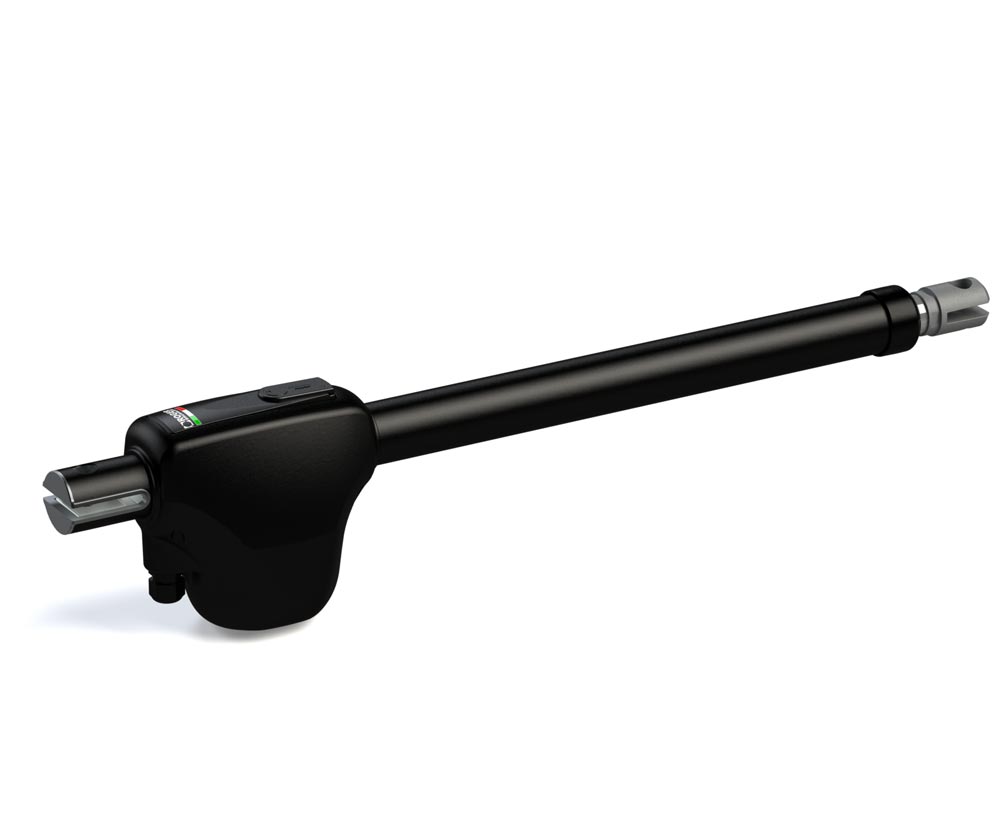

Infectious mononucleosis, also known as glandular fever, can emerge as a result of infection with EBV, or herpes virus 4. However, symptoms can be less obvious in younger children and older adults, so additional testing may be needed.īlood tests can identify whether or not a person has had a recent or past infection with EBV. In a teenager or young adult with classic symptoms, a doctor can usually diagnose mono through a physical examination. Those with symptoms of a ruptured spleen should seek emergency care immediately.

In the United States, exposure to EBV is less common during infancy and young childhood. If kissing is a factor in spreading mono, it may be that the higher levels of saliva exchange lead to more severe symptoms.Īnother theory is that younger children gradually build up an immunity to the virus if exposure occurs from a lower age, as happens in some countries. Why symptoms affect teens and young adults more severely remains unclear. However, the tiredness can last for weeks or months after other symptoms have gone. Fever, sore throat, and other common symptoms may last for several days and then gradually get better.

Symptoms often last 2–4 weeks, but they can persist for longer. They also tend to have the most severe symptoms. People aged 15–24 years are most likely to develop the classic symptoms of mono. However, the symptoms vary widely between different age groups. swollen glands in the neck or underarms.Share on Pinterest Image credit: solidcolours/istock.


 0 kommentar(er)
0 kommentar(er)
